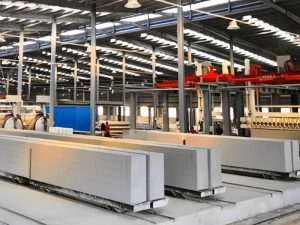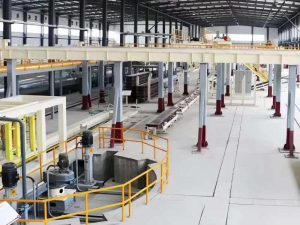An AAC (autoclaved aerated concrete) block plant is a complete production line. It converts raw materials such as cement, lime, fly ash/sand, and aluminum powder into lightweight, high-strength, thermally insulating, and fire-resistant blocks or panels through foaming, cutting, and autoclaving.
The main equipment of AAC block plant includes a jaw crusher, ball mill, batching station, pouring machine, cutting machine, autoclave, boiler, automatic palletizer, PLC control room, and exhaust heat recovery system.
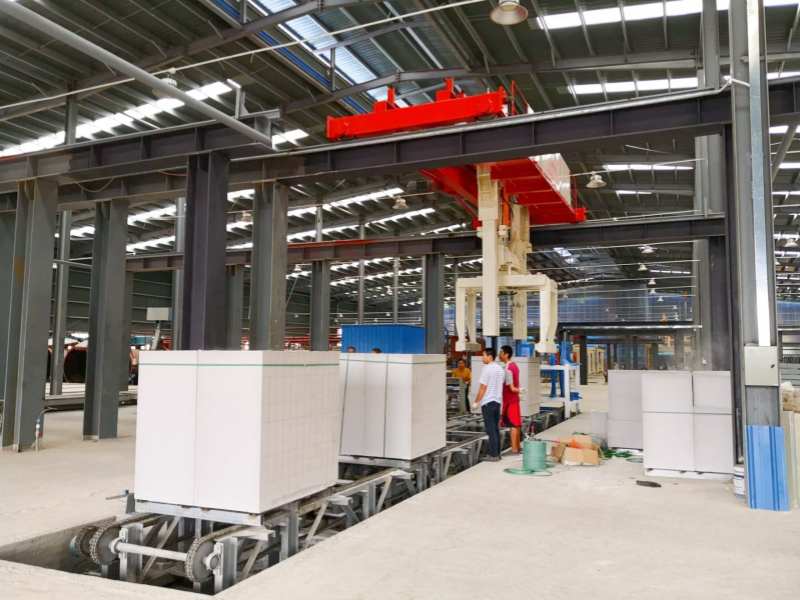
Types of AAC Block Plant for Sale
According to production capacity, AAC block plant can be divided into small, medium and large scale.

Mini/small AAC Block Plant
Capacity: 30000-100000 m3/year
Autoclave: 1-3 sets
Factory: about 4000-10000m2
Types: semi-automatic/ fully automatic
Features: low initial investment, high flexibility.
Suitable for: Start-ups or enterprises with limited investment and small market demand.
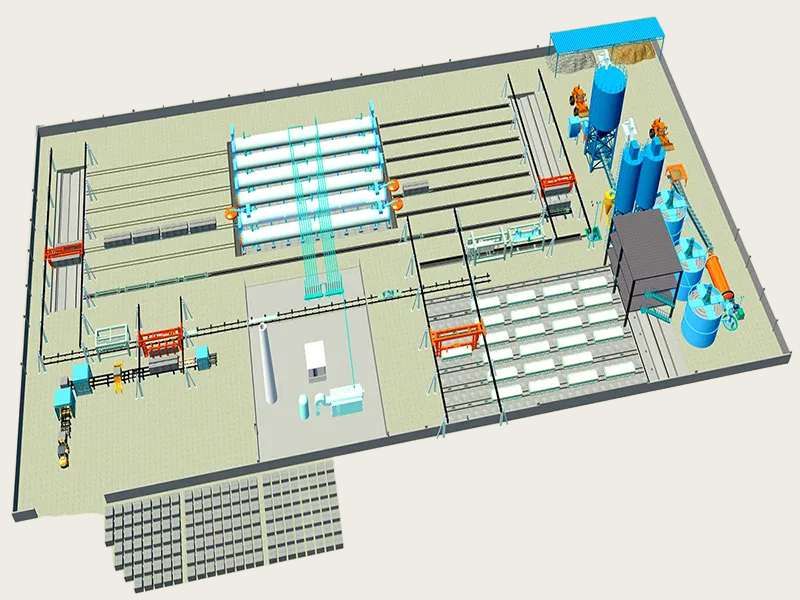
Medium Scale AAC Block Plant
Capacity: 100000-200000 m3/year
Autoclave: 4-8 sets
Factory: about 10000-20000m2
Type: fully automatic
Features: stable production capacity, controllable costs, flexibility, large-scale production, etc.
Suitable for: Enterprises with a certain market share and stable demand.
Brand AAC Block/Panel Machinery Supplier
20 years of expertise: A full range of semi-automatic and fully-automatic production lines for Mini, Medium, and Large sizes.
Global EPC projects exceeding 100, exports to over 50 countries, and CE/ISO/ASME certifications.
Guarantee of Turnkey+remote operation and maintenance, with 24/7 technical support.
As a professional manufacturer of AAC block/panel plants, we have over 20 years of industry experience and advanced technology, specializing in providing high-quality semi-automatic and fully-automatic production line equipment.
Our equipment has been widely recognized both domestically and internationally. We have exported to Southeast Asia, the Middle East, Africa, Europe, and beyond. Our company has earned praise for our reliable quality, excellent performance, and comprehensive after-sales service. We can provide customized solutions tailored to your needs, ensuring our equipment is perfectly matched to your production site and production capacity requirements.
AAC Block Plant Process
Raw material process → Batching and Mixing → Pouring → Static pre-curing → Cutting → Autoclaving Curing → Finished product Processing
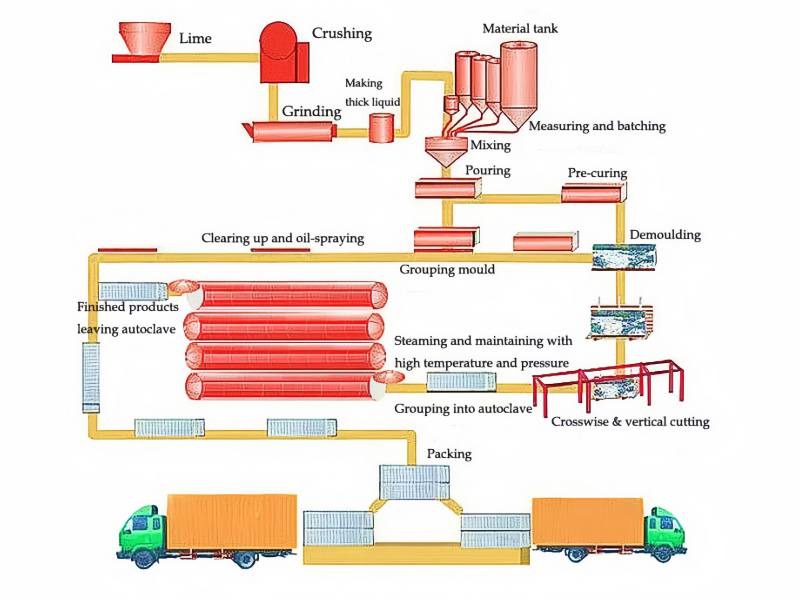
1. Raw Material Processing: Sand is crushed and ground to the desired fineness. Cement, lime, and gypsum are stored in silos, and aluminum powder is mixed with water to form an aluminum slurry.
2. Batching and Mixing: The various raw materials are weighed according to precise proportions and then thoroughly mixed in a mixer to form a uniform slurry.
3. Pouring: The mixed slurry is poured into steel molds. The size and shape of the molds can be designed to meet the desired block specifications.
4. Static Pre-curing: The molds containing the slurry are transported to a pre-curing area where the slurry gradually hardens under suitable temperature and humidity conditions to achieve initial strength. This process typically takes several hours.
5. Cutting: After the slurry is pre-cured, it is cut into the desired size and shape using high-precision cutting equipment like steel wire or blades.
6. Autoclave Curing: Blocks are placed in an autoclave and cured for several hours at temperatures of 175-200°C and pressures of 10-15 bar, significantly enhancing the blocks’ strength and durability.
7. Finished Product Processing: After autoclave curing, the blocks are removed from the autoclave and transported to a storage area. After inspection and packaging, they are ready for shipment.
Main Equipment in AAC Block Plant
1. Jaw Crusher
Function: Crushes large lumps of raw materials such as limestone and gypsum into 50-150 mm pieces, facilitating subsequent fine grinding. It is a key piece of equipment for raw material pretreatment.
Structure: A fixed jaw plate and a movable jaw plate form a deep-chamber crushing chamber lined with impact-resistant, replaceable high-manganese steel tooth plates.
Capacity Range: Common models range from 100 to 500 t/h. The motor and main unit are integrated on a steel frame base, occupying only 4-6 m² of floor space.
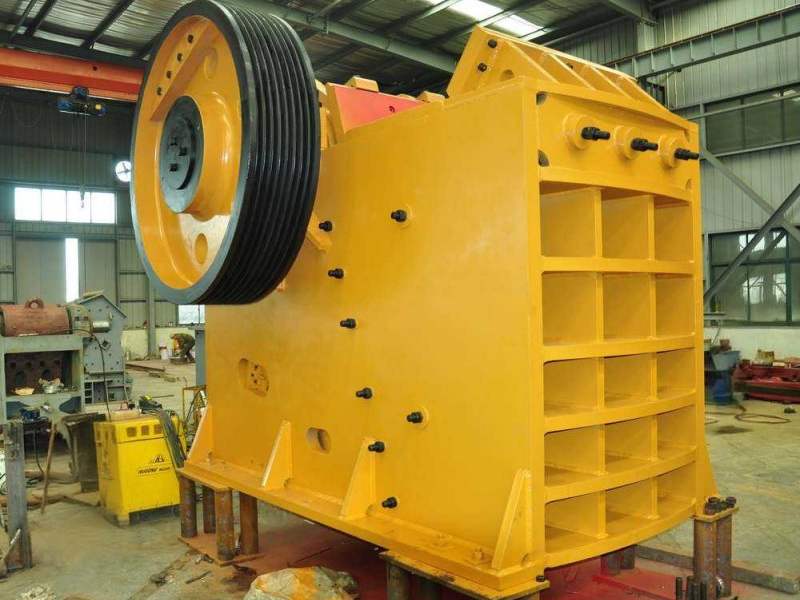
2. Ball Mill
Function: Grinds crushed lime, sand, or fly ash into a fine powder with a mesh size of 80-400 (0.2-0.045 mm) to enhance reactivity.
Structure: Horizontal cylinder+wear-resistant liner+steel ball media. It driven by a motor, reducer, and large gear.
Key Parameters: Cylinder diameter 1.2-2.4 m, ball load 5-30 t, power 55-800 kW.
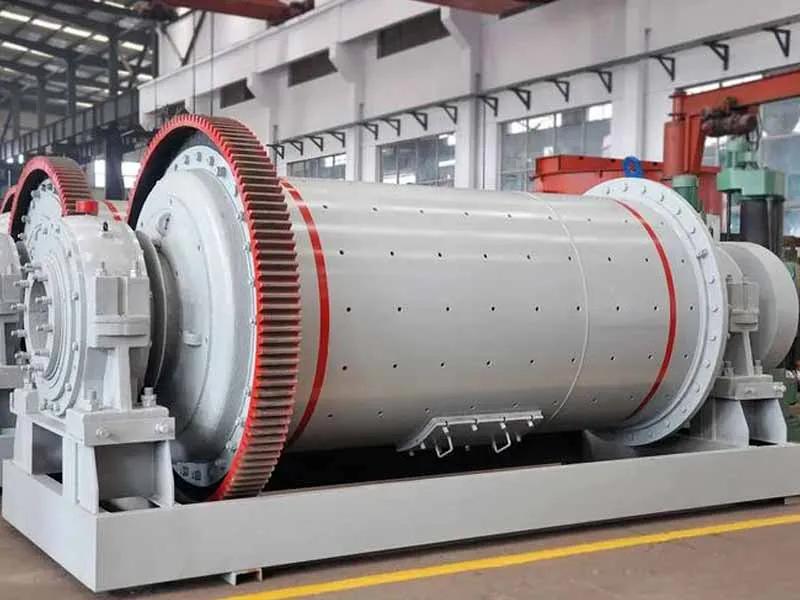
3. Batching System
Function: Accurately weighs cement, lime, fly ash, aluminum powder, and water according to the recipe, with an error of ≤ ±0.5%. Equipped with multiple silos, metering, and conveying equipment.
Module components: Electronic scale, screw feeder, pneumatic butterfly valve, PLC touch screen; one-touch recipe call, batching completed within 30 seconds.
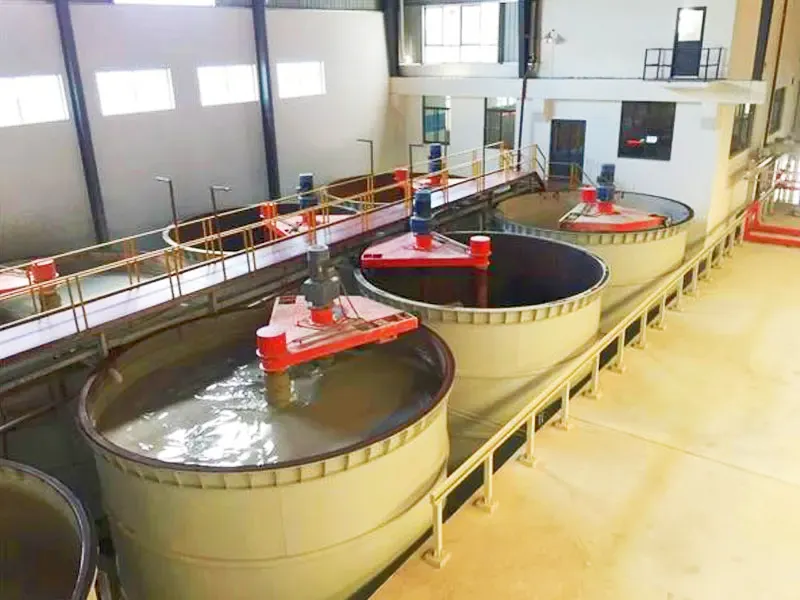
4. Mixing & Casting Machine
Function: Rapidly mixes weighed dry materials with water and aluminum powder into a fluid slurry, which is then poured into a mold for foaming.
Features: Twin-shaft forced mixing completes one batch in 60-90 seconds; hydraulically tilts 90° for drip-free pouring.
Key Parameters: Effective volume 2-4 m³, motor power 37-55 kW, removable mixing blades, wear life ≥ 30,000 cycles.
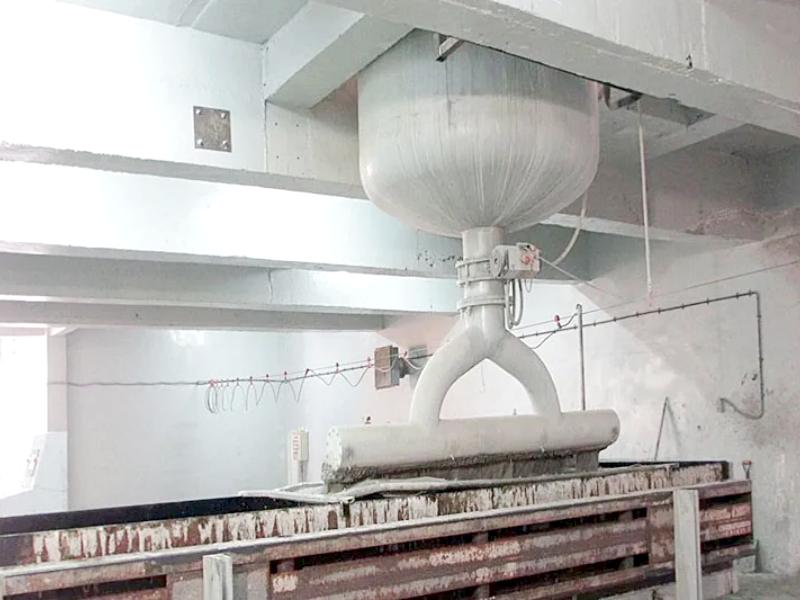
5. Tilting Cutter
Function: Cuts pre-cured billets into desired specifications with an accuracy of ±1 mm. Offcuts are recycled online.
Structure: Three sets of longitudinal, transverse, and horizontal steel wire frames; servo motors synchronize lifting and lowering, automatically compensating for wire wear.
Capacity: Cutting cycle ≤ 5 minutes/die; can cut 75-300 mm thickness, 600 mm standard length, or 1200 mm slabs.

6. Autoclave
Function: High-temperature, high-pressure steam curing allows the green body to complete the hydrothermal synthesis reaction within 8 hours, increasing its strength by 5-8 times.
Specifications: Φ2.68×32 m or Φ2.85×38 m; design pressure 1.6 MPa, operating temperature 200°C; equipped with safety interlock and automatic blowdown.
Configuration: Each medium-sized line is equipped with 4-8 units, which can be connected in series or parallel. Energy-saving models include a waste heat recovery interface.
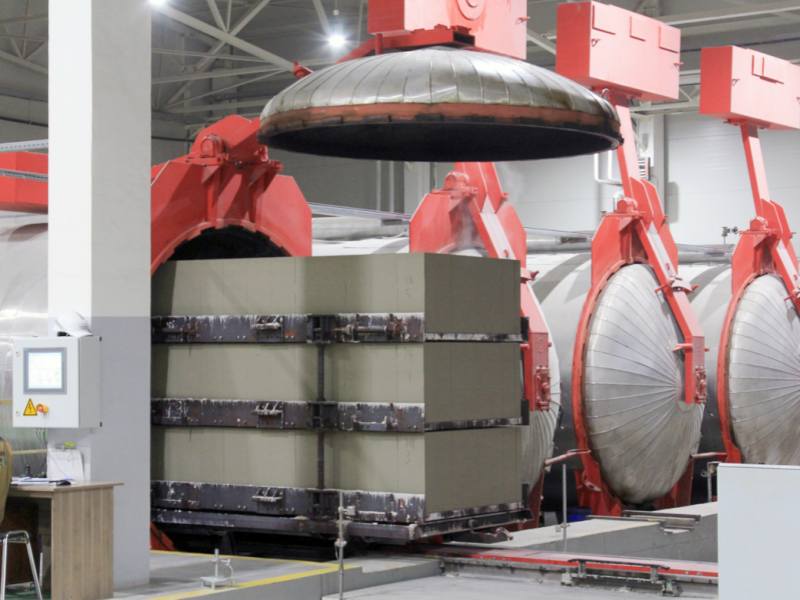
7. PLC Control Room
Function: Serves as the control center for the entire production line, offering features such as recipe management, parameter adjustment, process monitoring, energy consumption analysis, fault alarms, and remote app viewing.
Hardware: Reserved OPC UA interface for integration with the factory’s MES/ERP system.

8. Waste Gas Heat Recovery System
Principle: Autoclave exhaust gas at 160°C is preheated to 90°C via a heat exchanger, saving 8–12% of natural gas annually.
Configuration: Plate heat exchanger+circulation pump+automatic temperature control valve.

Hot Sale AAC Block Plant
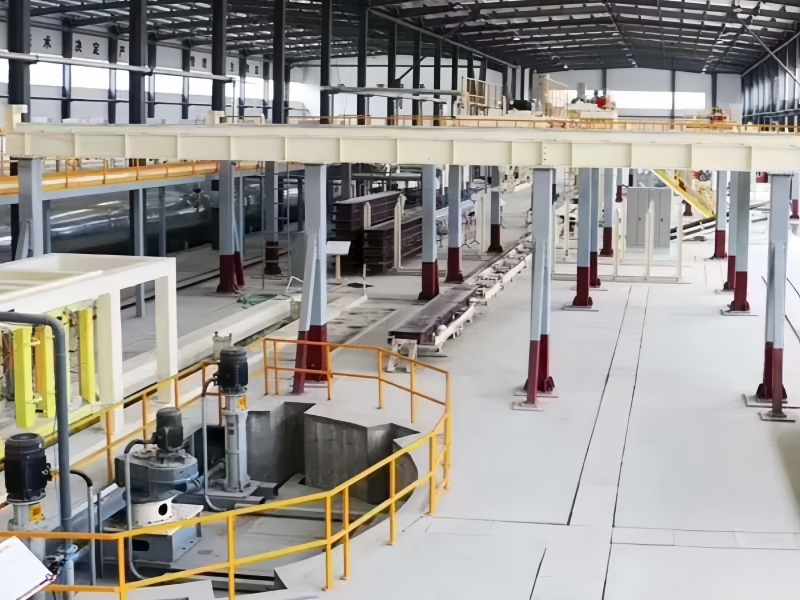
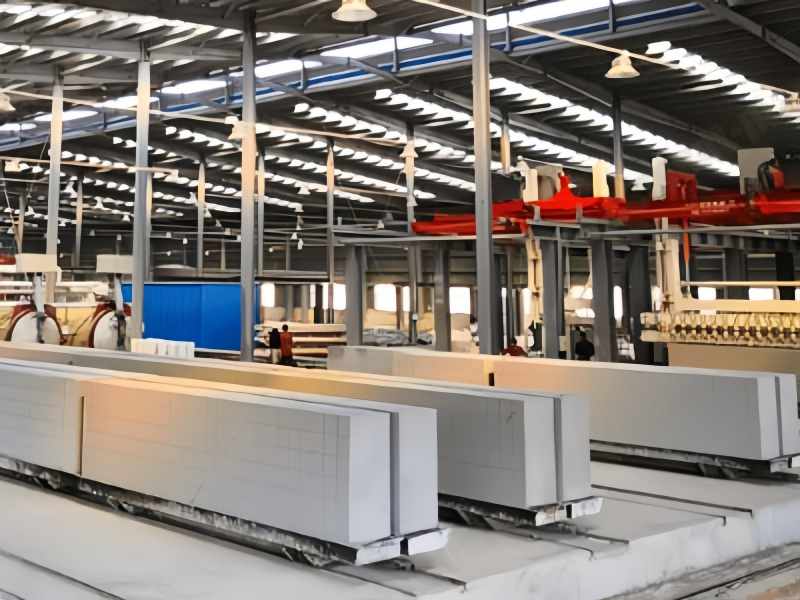

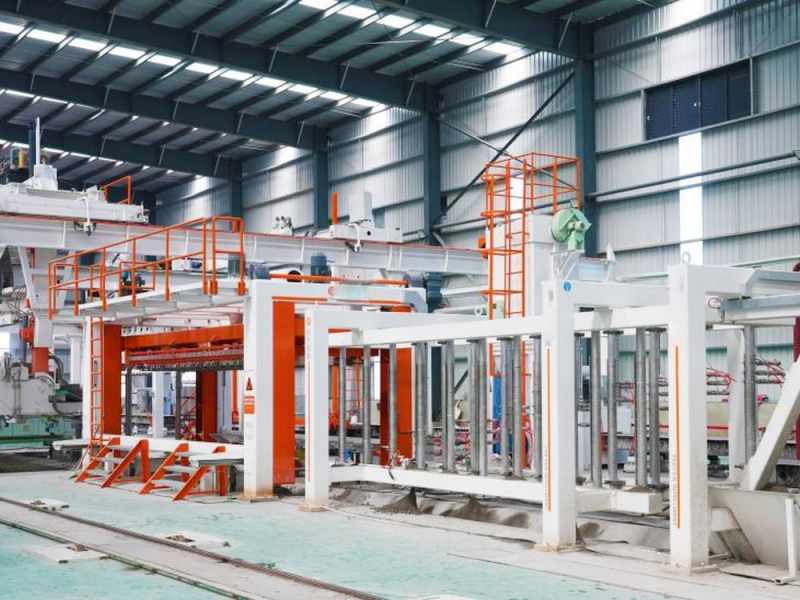
200,000 m³ AAC block plant
Cost: $1500000 million – $2200000
Delivery time: 6-8 months
Advantages: Reduce unit energy consumption by another 8%, gain strong negotiation leverage with suppliers, and expand regional supply coverage.
Suitable for: Leading regional companies and multinational building materials groups.
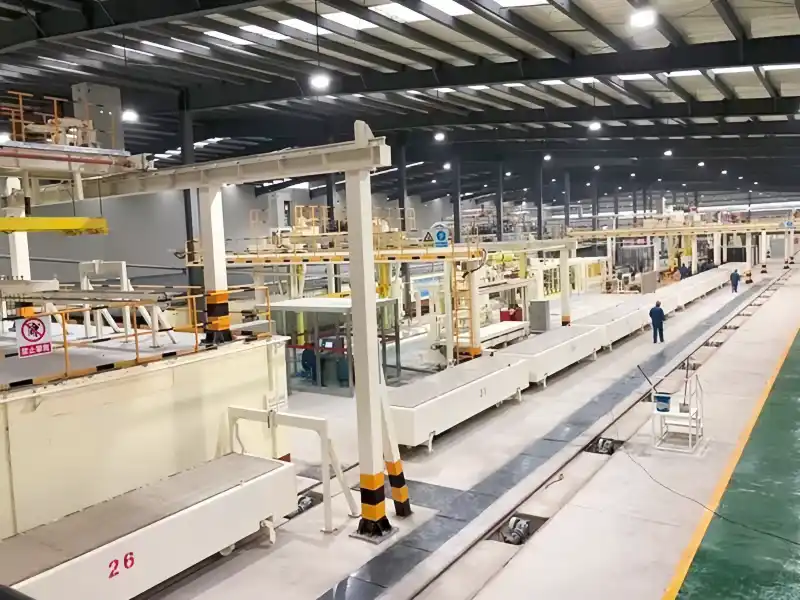
Advantages of Our AAC Block Plant
Superior Equipment Performance
German technology authorization combined with Chinese manufacturing costs for optimal performance and affordability.
Modular Design
Enables expansion within 30 days for flexible scale-up.
High Automation Level
Full-automatic lines reduce manual operations, lower labor costs, and boost production precision/stability. Semi-automatic lines offer flexible adjustment to balance efficiency and cost per client needs.
Energy Efficiency & Environmental Friendliness
Equipment designed for energy conservation, low production energy consumption, and effective waste handling to meet environmental standards.
Strong Customization Capability
Tailor-made production line solutions based on client capacity demands, site conditions, and other personalized needs.
Perfect After-Sales Service
Full-range support from installation, training to daily maintenance. A rapid response mechanism ensures timely resolution of production issues.
Why Invest in AAC Block Plant?
- Strong Market Demand: Market demand keeps rising, with the global market projected to reach $8.7 billion by 2030. Investment prospects are broad, especially in India and Africa where penetration is below 10%.
- Policy Support: Many countries and regions encourage green building materials, creating a favorable policy environment for AAC blocks. Investors can enjoy relevant preferential policies.
- Significant Economic Benefits: Production profit margins are good, and scale effects emerge with expanded output, further boosting benefits.
- Sustainable Development: Using industrial waste for production aligns with sustainable concepts, helping enterprises build a positive social image and enhance market competitiveness.
- Clear Substitution Advantage: Compared to traditional clay bricks, AAC blocks have prominent advantages in performance and environmental protection, with a clear substitution trend. Investing early secures market opportunities.
Autoclaved Aerated Concrete Technology
Chemical foaming combined with high-temperature and high-pressure steam curing creates uniform closed pores, resulting in 40% lighter weight and 6x better insulation than clay bricks.
Core Production Technologies
Autoclaved aerated concrete (AAC) production relies on three core technologies:
- Raw material proportioning: Determines optimal ratios based on material properties and product performance requirements to ensure slurry fluidity, foaming effect, and final quality.
- Foaming technology: Uses aluminum powder reacting with alkaline materials to generate hydrogen bubbles; precise control of temperature and time ensures ideal pore structure.
- Autoclave curing: Cures cut blanks in high-pressure autoclaves under high temperature/pressure to form stable crystal structures, enhancing strength and durability. High precision in autoclave control and curing is critical for quality.
What is AAC?
AAC is a porous, lightweight prefabricated building material made by foaming siliceous and calcareous materials with aluminum powder, then autoclaving.
It is made from a mixture of natural materials such as sand, cement, lime, gypsum, and water, with aluminum powder added as a foaming agent. The aluminum powder reacts with the alkaline components in the mixture to produce hydrogen, which forms tiny bubbles within the wet material, creating a unique porous structure.
Curing the blocks under high temperature and pressure in an autoclave significantly enhances their strength and durability.

AC Block Features and Benefits
Lightweight: 50% lighter than traditional bricks, reducing building weight, easing transportation, and lowering infrastructure investment costs.
Thermal Insulation: Porous structure enables excellent insulation, reducing heating and cooling energy consumption for long-term energy savings.
Fire Resistance: Non-combustible material remains stable at high temperatures for extended periods, providing reliable fire safety protection.
Sound Insulation: Porous properties deliver strong sound absorption, ideal for noise-sensitive spaces like residences, offices, and hospitals.
Durability: Resistant to weathering, pests, and chemical corrosion with a long service life, cutting building maintenance and replacement costs.
Environmental Friendliness: Uses industrial waste like fly ash in production to reduce pollution; lower energy consumption than traditional brick manufacturing for greener operations.
Application of AAC Block and Panel
AAC block factories’ products are widely used in residential, commercial, school, hospital, factory, cold storage, and prefabricated buildings.
- Municipal projects: road medians and backfilling of municipal pipeline trenches.
- Agricultural projects: greenhouse wall construction.
- Defense projects: walls and protective structures for some military facilities.
AAC Blocks VS. Clay Bricks
| Performance Indicator | AAC Block | Clay Brick | Conclusion Interpretation |
| Weight | 400–650 kg/m³ | ≈1 800 kg/m³ | 2.7 times lighter, saving transportation costs and structural steel consumption |
| Thermal Conductivity | 0.12 W/m·K | 0.81 W/m·K | 6 times better insulation; indoor temperature 5℃ lower in summer, saving 30% on air conditioning |
| Fire Resistance | 4–6 hours | 2 hours | Doubles escape time in case of fire |
| Construction Efficiency | 3–3.5 times faster | Manual masonry | Large panels + lightweight feature shorten construction period by 30–40% |
| Environmental Friendliness | Uses solid waste like fly ash, zero cultivated soil consumption | Topsoil extraction + coal burning | Reduces CO₂ emissions by approximately 1,200 tons per 10,000 m³ of AAC |
| Strength & Durability | 3–5 MPa, increasing with age | 3.5–5 MPa, no increase with age | Lightweight yet equally strong, with better weathering resistance |
| Dimensional Accuracy | ±1 mm, no plastering needed | ±5 mm, requiring thick plastering | Saves 70% mortar and 60% plastering labor |
| Water Absorption | ≤20% | 20%+ | Reduces moisture regain and efflorescence issues |
| Sound Insulation | 45 dB (200 mm wall) | 50 dB (230 mm wall) | Achieves equivalent sound insulation with thinner walls |
| Whole Life Cycle | Over 60 years, recyclable | 30–50 years, hard to recycle | Can be crushed and remade after building decommissioning |
Services We Offer
- Project Planning & Design
Provide overall planning and detailed design schemes for AAC block plants based on client needs and actual conditions, including process design, equipment layout, and civil engineering design. - Equipment Supply & Installation
Supply full sets of AAC production line equipment, and undertake installation and commissioning to ensure normal operation, meeting designed capacity and product quality standards. - Technical Training
Offer professional training for operators, technicians, and managers covering production processes, equipment operation, maintenance, and quality management. - After-Sales Service
Establish a sound after-sales system providing daily maintenance guidance, fault troubleshooting, and spare parts supply to ensure continuous stable production. - Technical Support & Upgrades
Provide ongoing technical support and offer equipment upgrading/technical transformation solutions based on client needs and industry trends to improve efficiency and quality. - EPC General Contracting
One-stop EPC services from design, equipment procurement, civil construction, installation, and training to trial production for a hassle-free experience.
FAQ
The compressive strength is 3.5-5.0 MPa, exceeding the standard for red brick.
- Advantages: Lightweight, thermally insulating, fireproof, and easy to process.
- Disadvantages: Requires waterproofing.
- Small plant: 3-6 months
- Medium plant: 6-12 months
- Large plant: 12-24 months
Laboratory tests show no strength loss for 60 years, and the actual lifespan is the same as the building’s lifespan.
Consume 70% of industrial solid waste and emit only 1/3 the CO₂ of traditional blocks.
Twice a year, routine maintenance is required, and remote diagnostics allow >90% of faults to be resolved online.
Custom sizes are available. Blocks can be cut to any thickness from 75–300 mm, with standard 600 mm lengths or large 1200 mm lengths.
Mini: 400,000–800,000 USD, medium: 1.2–1.8 million USD, and large: 2.2–3.5 million USD.


